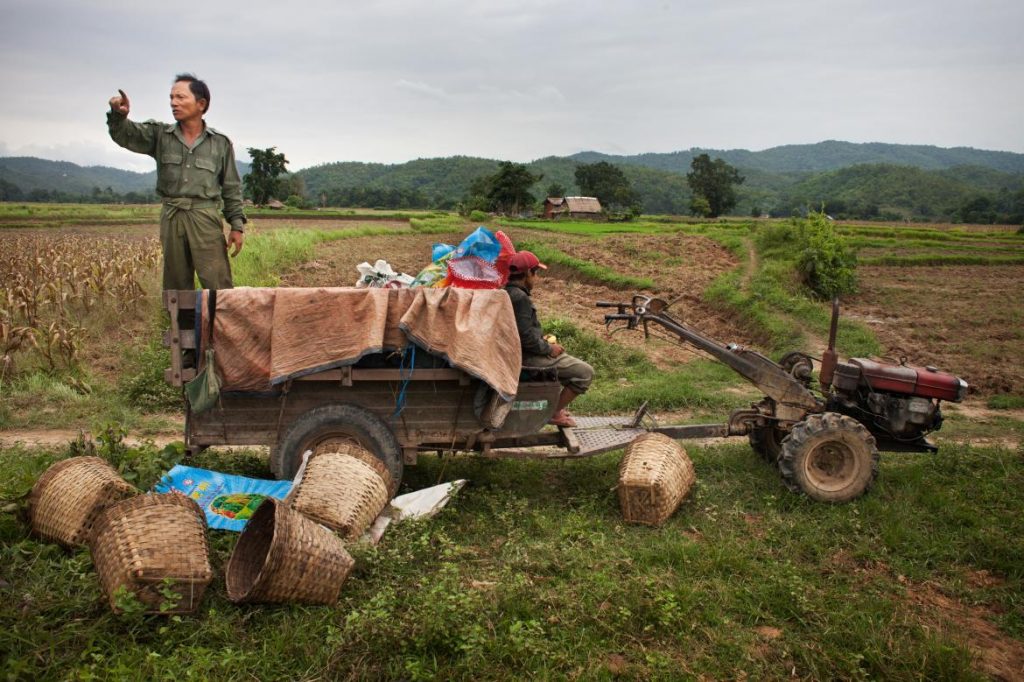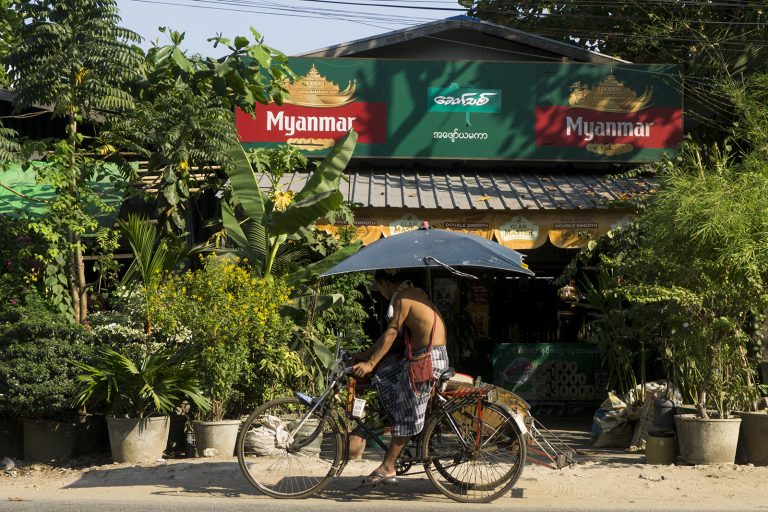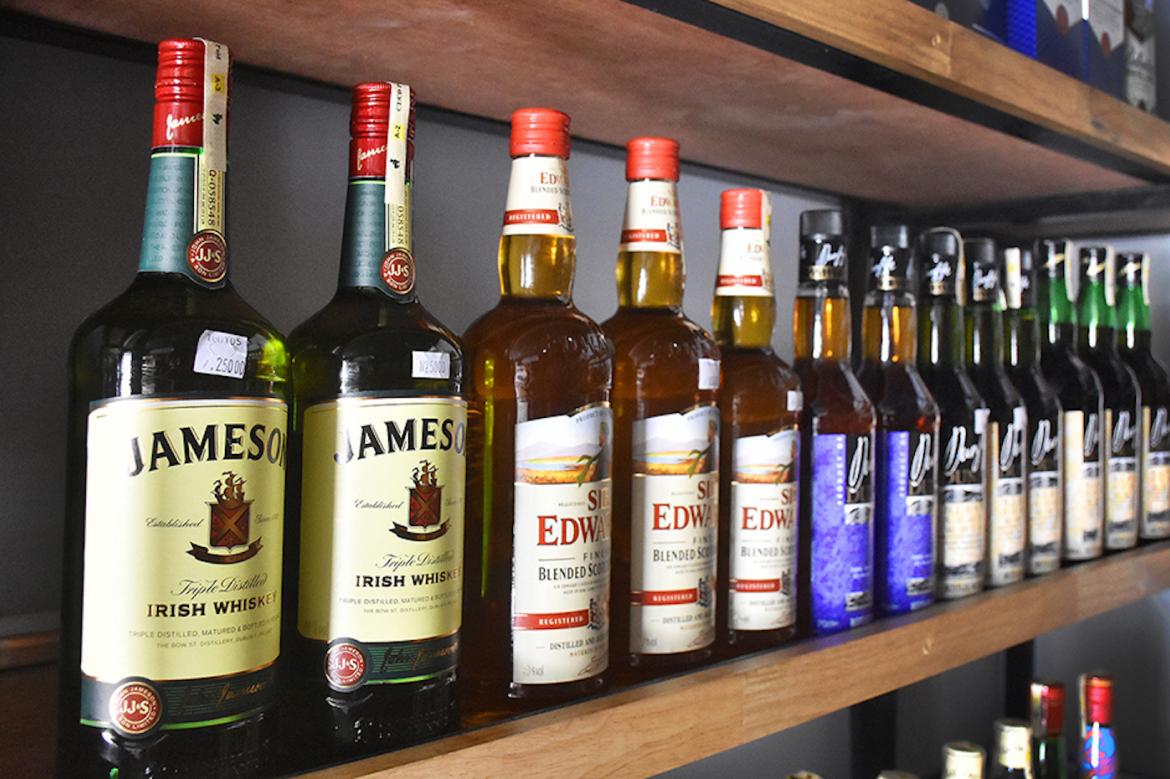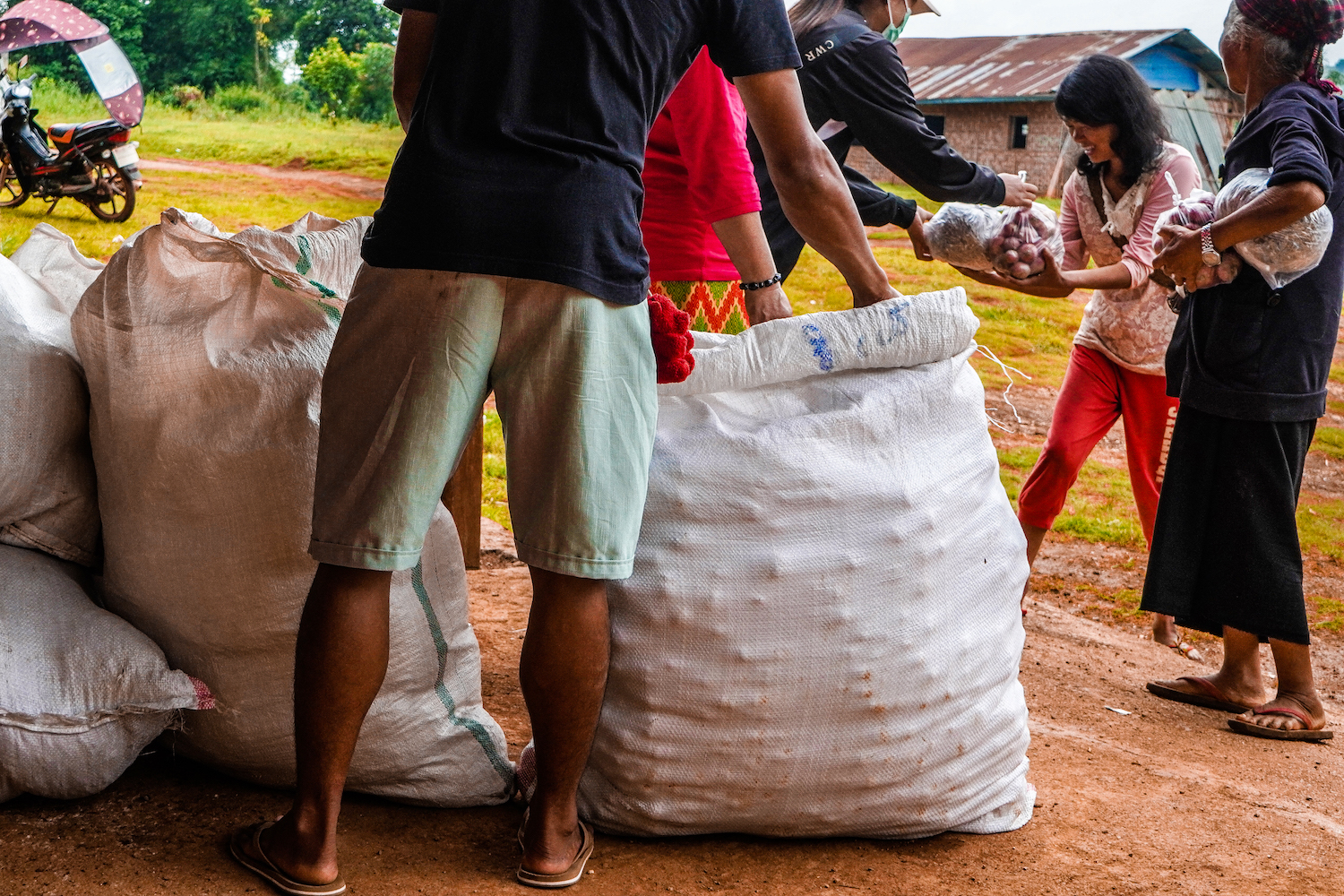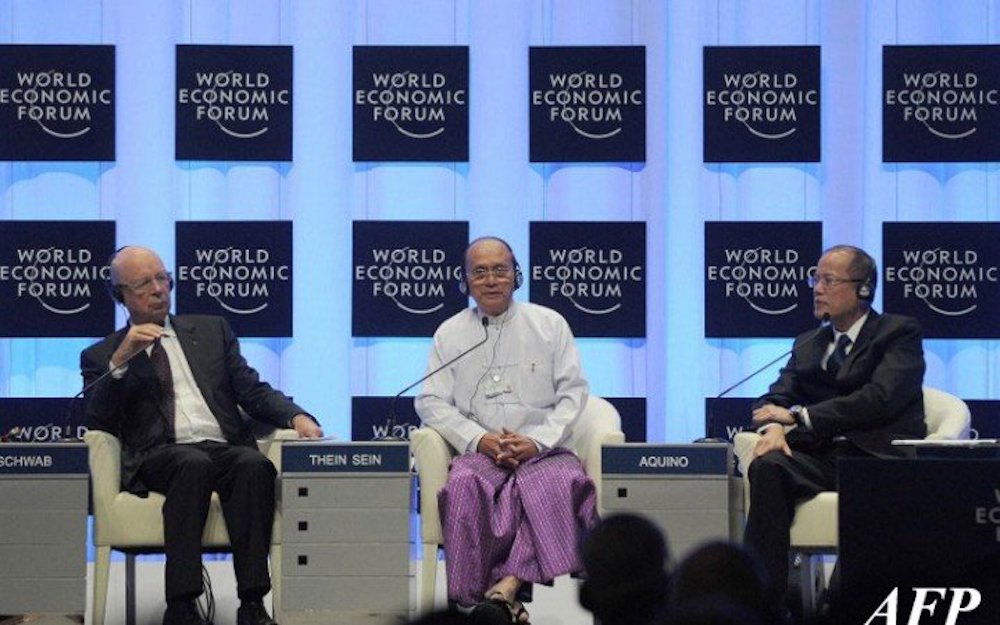A review of the country’s three biggest development funds raises questions about how they are managed, who they are managed by and the extent of community involvement.
Four years after the introduction of administrative reforms aimed at promoting a more “people-centred” approach to development, a report has raised questions about the effectiveness of some development funds.
Local Development Funds in Myanmar: An Initial Review is a collaboration by the Myanmar Development Resource Institute – Centre for Economic and Social Development, Action Aid Myanmar and the Asia Foundation. The report examines Myanmar’s three main LDFs: the Poverty Reduction Fund, Constituency Development Fund and Rural Development Fund.
The report defines LDFs as “an intergovernmental fiscal transfer, which provide development funding directly to local governments and communities”.
“The topic is very timely because ever since 2011, there has been talk about fiscal decentralisation, but LDFs haven’t been heavily researched,” said Bart Robertson, a development economist who conducted research for the report.
Mr Robertson said LDFs should be used to finance small-scale infrastructure projects, such as bridges and roads linking villages, but not for big, complex developments.
Support more independent journalism like this. Sign up to be a Frontier member.
LDFs are not new to Myanmar. In 1962, the Ne Win government established a fund aimed at improving the living standards of rural people and encouraging their participation in community development.
The new LDFs have been established in line with fiscal reforms.
The largest of the three is the Poverty Reduction Fund, launched as a part of plans by President U Thein Sein to eradicate poverty after he took office in 2011. The fund aims to support poverty reduction in eight priority areas, including agricultural productivity, livestock breeding and micro saving and credit enterprises.
The PRF has increased from K16 billion in the 2013/14 financial year to K50 billion in the fiscal year beginning on April 1. Each state and region receives K1 billion a year, except Shan State (which receives K4 billion), Chin State (K5 billion), and Kachin and Rakhine states (K15 billion each).
“At the beginning [of the project] there was a lack of clarity about how the funds should be used,” said Cindy Joelene, a research assistant at MDRI-CESD and one of the report’s authors. “After the 2014/15 fiscal year, fund allocation was increased in conflict-affected areas and places where communication is difficult,” Ms Joelene said.
“One of the major issues of the fund is that it is not formalised by law and is therefore susceptible to regime change. If it [the government] changes after the election, then this fund could disappear,” she said.
The Constituency Development Fund, used for building and maintaining small-scale infrastructure, came under the heaviest scrutiny in the report, with researchers saying it could be used for vote-buying by members of parliament. The CDF has a budget of K33 billion, with each of the country’s 330 townships receiving K100 million, and a maximum project allocation of K5 million.
Although the fund is managed by township development implementation committees, MPs have the final say over which projects are funded.
“By giving MPs direct control over government funds, the CDF blurs the lines between executive and legislative branches of government. This creates perverse political incentives and, in other countries, has often led to vote buying,” the report said.
The Rural Development Fund totals K329.5 million and is the smallest of the three but the oldest LDF, dating to 1977. The aim of the RDF is to reduce inequality between Myanmar’s urban and rural populations.
The RDF is administered by the General Administration Department of the Ministry of Home Affairs. The report said its spending priorities were unknown but that it has been used to fund agricultural and transportation projects and health programs.
The report cited the pace of change since 2011 as a reason for a general lack of formal procedures for fund management, especially those regarding community involvement, and called for more detailed guidelines for all LDFs in Myanmar.
“These should specify both procedures and criteria for project selection, tendering, implementation, and monitoring,” it said.
The report also draws attention to final decisions on funding allocations not being decided by township administrations. Decisions regarding the PRF and RDF are made at state or regional government level and although CDF allocations are decided at township level, the mandate is with the legislative rather than the executive branch.
“The committees are supposed to be elected, but this varies in different areas. Some are elected, and others are appointed by the [General Administration Department.]. So there are definitely questions about their legitimacy,” said Mr Robertson.


